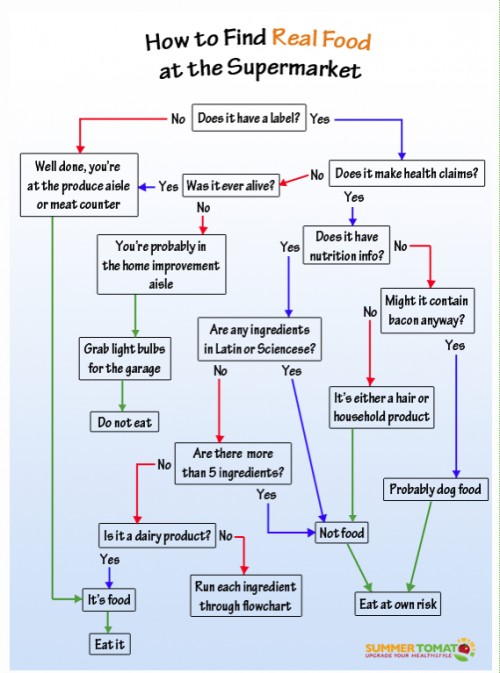Furor about new breastfeeding study
A recent commentary in the British Medical Journal (BMJ) is causing a furor among breastfeeding advocates in Great Britain.
Titled Six months of exclusive breast feeding: how good is the evidence?, its authors argue that four months is probably just as good and less likely to cause harm.
The current British recommendation is for six months of exclusive breastfeeding—meaning no added solid foods. This is based on a systematic analysis of research first published as a Cochrane review in 2002 and updated in 2006. It compared the health of infants breastfed for six months to those breastfed for three-to-four months, and concluded that the science demonstrated significant advantages to the longer breastfeeding period.
That analysis was the basis of breastfeeding recommendations by United Nations agencies, such as the World Health Organization and UNICEF. In Great Britain, UNICEF UK has issued its own statement defending the six-months recommendation.
Adding to the furor, the British Guardian titled its article about the new commentary, “Six months of breastmilk alone is too long and could harm babies, scientists now say.” A second account in the Guardian provided a more cautious interpretation of the science.
I can understand why breastfeeding advocates are so upset about the BMJ paper. They are worried about promotion of infant formulas as substitutes for breast milk, especially in developing countries. Infant formulas can be adequate, if not perfect, substitutes for breast milk under conditions where they can be properly diluted and refrigerated. When those conditions are impossible, as is the case in many low-income areas, formulas can become contaminated with harmful bacteria. Use of infant formulas has a long history of association with infant illness and death (I wrote about this in Food Politics).
Formula companies did and continue to promote their products as convenient—and preferable—substitutes for breast feeding.
As it turns out, several of the authors of the BMJ commentary consult for formula companies.
Those authors vehemently deny that their ties to formula companies influence their opinions. That may or may not be so, but such ties strongly correlate with research results and opinions favorable to the corporate ally.
In the United States, pediatricians strongly advocate breastfeeding, but flexibly. In 1997, the American Academy of Pediatrics (AAP) policy statement said.
Exclusive breastfeeding is sufficient to support optimal growth and development for approximately the first 6 months of life and provides continuing protection against diarrhea and respiratory tract infection….Complementary foods rich in iron should be introduced gradually beginning around 6 months of age.
But the AAP noted,
Unique needs or feeding behaviors of individual infants may indicate a need for introduction of complementary foods as early as 4 months of age, whereas other infants may not be ready to accept other foods until approximately 8 months of age.
As any parent of more than one child can tell you, babies differ. Some are happy with exclusive breastfeeding. Others want solid foods the instant they learn how to swallow.
The new commentary isn’t wrong, exactly, although it says nothing new.
It just isn’t helpful. And that’s reason enough to be upset about it.


